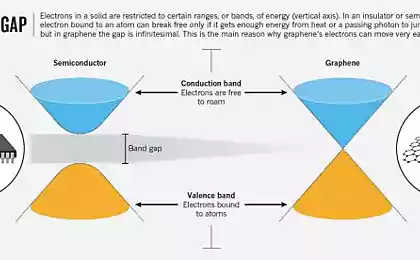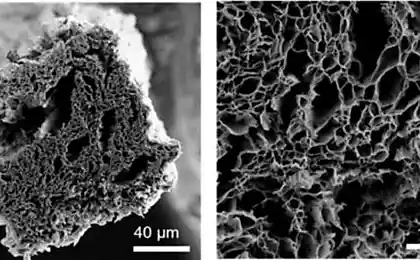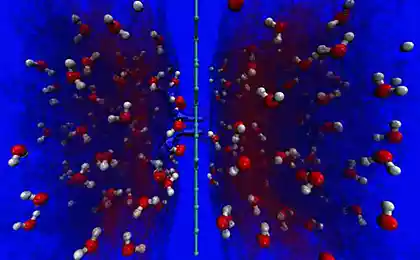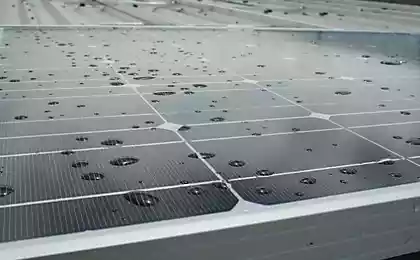182
Scientists have developed doped graphene nanoribbons
A group of Empa researchers and the Max Planck Institute, led by Roman Fasel, have developed a new method for selectively combining graphene molecules with nitrogen atoms.
Stringing pure carbon molecules and segments with nitrogen atoms, the engineers obtained an alternation of alloyed and non-alloyed graphene parts, forming “heterojunctions” in nanoribbons. In this way, the engineers made the current flow in only one direction when applying voltage, which is the first step on the way to transistors made of graphene.
The team also successfully transferred the graphene nanoribbons from the gold substrate on which they were grown to a non-conductive material. The developers of the new method are convinced that using a relatively simple etching and cleaning process, nanoribbons can be transferred to almost any substrate: sapphire, calcium fluoride or silicon oxide.
Source: nauka24news.ru/
Stringing pure carbon molecules and segments with nitrogen atoms, the engineers obtained an alternation of alloyed and non-alloyed graphene parts, forming “heterojunctions” in nanoribbons. In this way, the engineers made the current flow in only one direction when applying voltage, which is the first step on the way to transistors made of graphene.
The team also successfully transferred the graphene nanoribbons from the gold substrate on which they were grown to a non-conductive material. The developers of the new method are convinced that using a relatively simple etching and cleaning process, nanoribbons can be transferred to almost any substrate: sapphire, calcium fluoride or silicon oxide.
Source: nauka24news.ru/






















